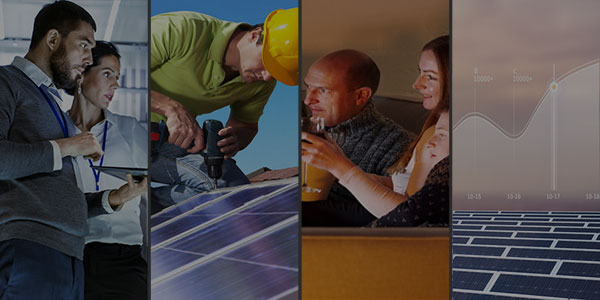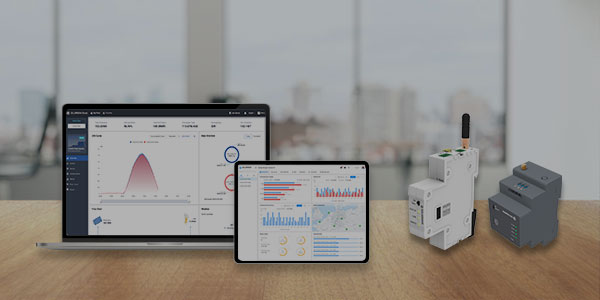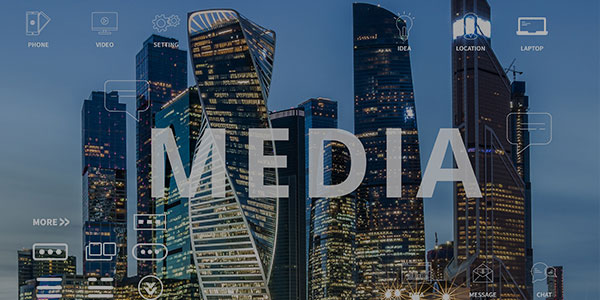Meteorological data is of great significance to our daily lives and all walks of life. Accurate and timely meteorological data are critical in understanding and predicting weather changes, scientific research, and decision-making. Meteorological Weather Station, as an advanced meteorological monitoring equipment, can collect, analyze and provide various meteorological data.
1. Functions of Meteorological Weather Station:
Meteorological Weather Station is a device that integrates a variety of meteorological monitoring instruments. Its functions include but are not limited to:
– Temperature, humidity and air pressure monitoring: Through accurate sensors, real-time monitoring and recording of temperature, humidity and air pressure data in the environment are provided, as well as historical records.
– Wind speed and direction monitoring: Measure and record wind intensity and direction in real time through anemometer and wind direction sensor for wind energy assessment and weather prediction.
– Rainfall monitoring: Use rain gauges to detect and record rainfall in real time for flood warning and water resources management.
– Optical radiation monitoring: Measure and record optical radiation data such as solar radiation and ultraviolet radiation through a radiometer.
2. Advantages of Meteorological Weather Station:
– Accuracy: Meteorological Weather Station uses advanced sensors and measurement technology to provide high-precision meteorological data to ensure the accuracy and reliability of the data.
– Real-time monitoring and recording: Meteorological Weather Station collects and records meteorological data in real-time and displays it to users in the form of charts and reports, helping users better understand weather changes and trends.
– Diversified data collection: Meteorological Weather Station can collect a variety of meteorological data at the same time, providing comprehensive meteorological information to facilitate research and decision-making.
-Remote access and control: Some Meteorological Weather Station devices support remote access and control, and users can view and manage meteorological data in real time through mobile applications or online platforms.










